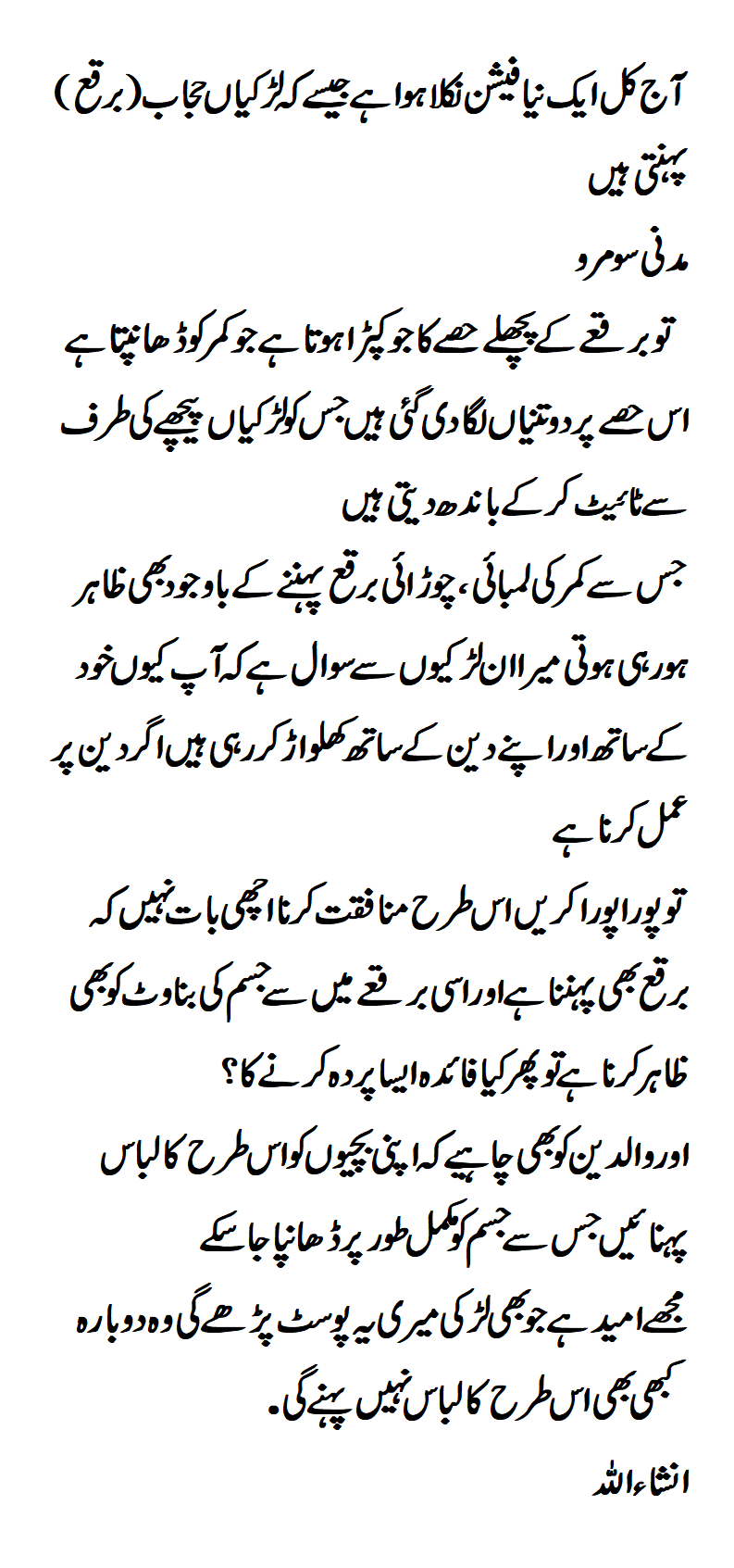July 12 is National Hijab Day in Iran, a celebration that has been met by defiant protests by women driving headscarfless in their cars.
At the same time, the American glossy Allure has featured, for the first time, a hijab-wearing model on its cover. The Somali stunner Hamali Aden demonstrates just how beautiful and fashion-forward Islamic style can be.
How did this versatile piece of fabric get so controversial?
Global hijab
As an anthropologist who studies women’s lives in the Middle East and Afghanistan, I have a particular interest in female dress. So I have closely followed Europe’s ongoing debates over the hijab worn by young Muslim women.
In France, where I live, even the terminology remains confused: the term voile (veil) covers everything from the modest hijab or headscarf, to robes like the burqa.
Muslim female coverings, in fact, vary widely in size and origin. Afghanistan and the Pashtun areas of Pakistan feature the burqa, generally blue in colour, while the all-encompassing abaya is mandatory in the Gulf states, and the black niqab compulsory in Saudi Arabia.
Some version of the latter is increasingly worn by young Muslims and converts the world round who have adopted a strict, fundamentalist reading of Islamic texts.
